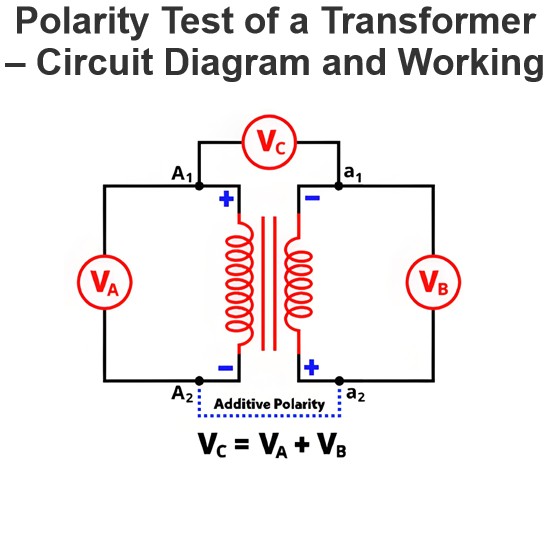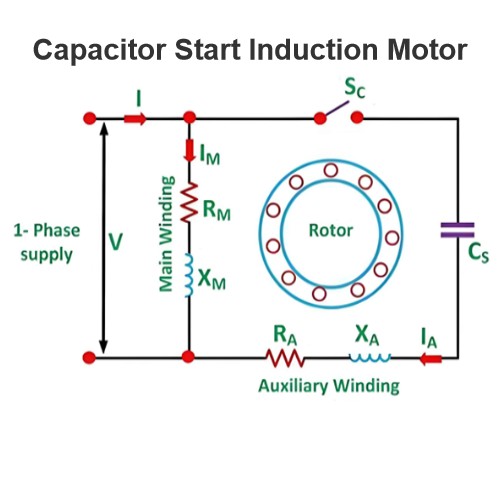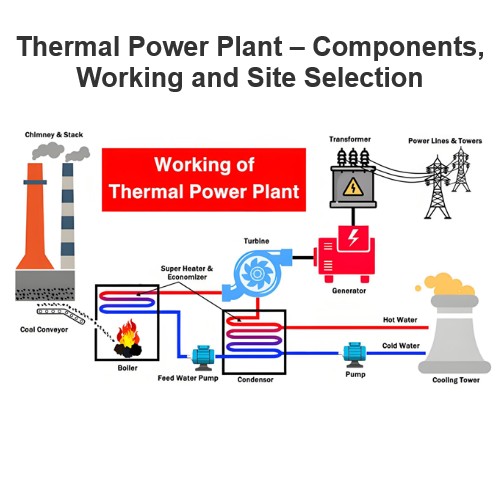Regenerative Braking
Regenerative Braking
In regenerative braking, the kinetic energy of the driven machinery is harnessed and fed back into the power supply mains. This braking mechanism comes into play when the driven load or machinery compels the motor to operate at a speed exceeding its no - load speed while maintaining constant excitation.
Contents
Applications of Regenerative Braking
Regenerative Braking in DC Shunt Motors
Regenerative Braking in DC Series Motors
Under the conditions of regenerative braking, a significant electrical transformation occurs within the motor. Specifically, the back electromotive force Eb of the motor surpasses the supply voltage V. This reversal in the voltage relationship leads to a change in the direction of the motor armature current. Consequently, the motor transitions from its normal operating mode to function as a generator, converting the mechanical energy from the driven load into electrical energy and supplying it back to the power source.
Notably, regenerative braking is not limited to high - speed scenarios. It can also be effectively implemented at very low speeds, provided that the motor is configured as a separately excited generator. As the motor speed decreases, its excitation level is increased in a controlled manner. This adjustment ensures that the two critical equations governing the electrical behavior of the system are satisfied, enabling efficient energy recovery even under low - speed conditions.

Regenerative Braking Continued
In the process of increasing the excitation of the motor, it does not reach a state of magnetic saturation. This characteristic allows for more effective control and operation during regenerative braking scenarios.
Regenerative braking can be successfully implemented in shunt and separately excited motors. However, when it comes to compound motors, braking can only be achieved under the condition of weak series compounding. This limitation highlights the importance of motor design and configuration in determining the feasibility and effectiveness of regenerative braking.
Applications of Regenerative Braking
Regenerative braking is particularly well - suited for applications where drives need to be frequently braked and slowed down. Its ability to convert kinetic energy back into electrical energy makes it highly efficient in such dynamic operating environments.
One of its most valuable applications lies in maintaining a constant speed for a descending load with high potential energy. By harnessing the energy generated during the descent, regenerative braking helps to control the speed of the load, ensuring safe and stable operation while also recovering energy that would otherwise be wasted.
This braking method is widely used in various industries to control the speed of motors driving different types of loads. It plays a crucial role in electric locomotives, where it helps to manage the train's speed during deceleration and downhill travel, while also feeding energy back into the power grid. In elevators, cranes, and hoists, regenerative braking enables precise speed control and energy savings, enhancing the overall efficiency and performance of these systems.
It's important to note that regenerative braking is not intended for bringing the motor to a complete stop. Instead, its primary function is to regulate the speed of the motor when it is operating above its no - load speed, facilitating the conversion of mechanical energy into electrical energy for reuse. The fundamental requirement for regeneration is that the back electromotive force (Eb) must exceed the supply voltage. This condition causes the armature current to reverse, effectively shifting the motor's mode of operation from motoring to generating.
Regenerative Braking in DC Shunt Motors
Under normal operating conditions, the armature current of a DC shunt motor is determined by the following equation:

Regenerative Braking Dynamics
When a crane, hoist, or lift lowers a load, the motor's rotational speed can surpass its no - load speed. In this scenario, the back electromotive force (EMF) of the motor exceeds the supply voltage. As a result, the armature current Ia reverses direction, effectively turning the motor into a generator. This conversion allows the kinetic energy from the descending load to be harnessed and fed back into the electrical supply, optimizing energy usage and providing a braking effect.
Regenerative Braking in DC Series Motors
DC series motors exhibit unique electrical characteristics during operation. As the motor speed increases, both the armature current and the field flux decrease. Unlike some other motor types, the back EMF Eb in a DC series motor typically cannot surpass the supply voltage under normal circumstances. However, regeneration remains feasible because the field current cannot exceed the armature current.
This braking mechanism is particularly crucial in applications where DC series motors are predominantly employed, such as in traction systems for trains and in elevator hoists. For instance, when an electric locomotive descends a gradient, maintaining a constant speed is essential for safety and efficiency. Similarly, in hoist drives, regenerative braking steps in to limit the speed when it reaches potentially hazardous levels, ensuring controlled operation.
One widely adopted approach for implementing regenerative braking in DC series motors involves reconfiguring them to operate as shunt motors. Given that the field winding of a DC series motor has low resistance, a series resistance is incorporated into the field circuit. This additional resistance plays a vital role in keeping the current within safe parameters, enabling the motor to function effectively in its new configuration and facilitating the conversion of mechanical energy into electrical energy during the braking process.
The Electricity Encyclopedia is dedicated to accelerating the dissemination and application of electricity knowledge and adding impetus to the development and innovation of the electricity industry.













